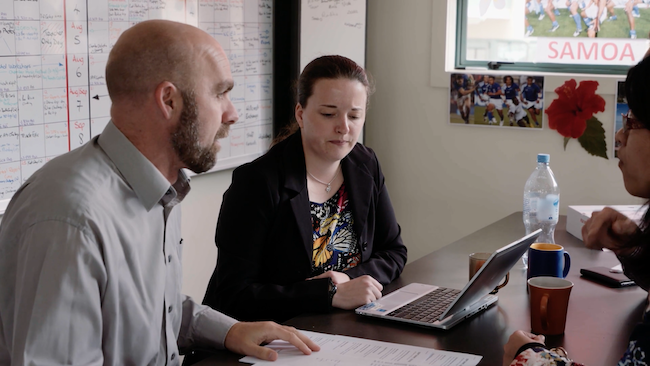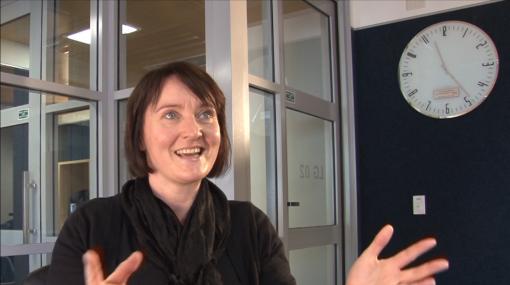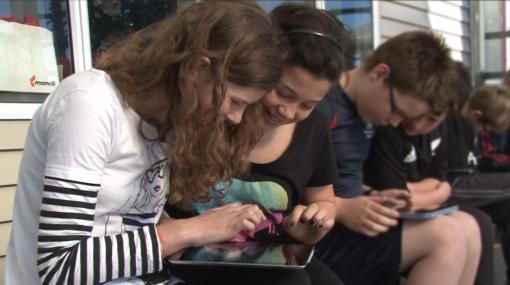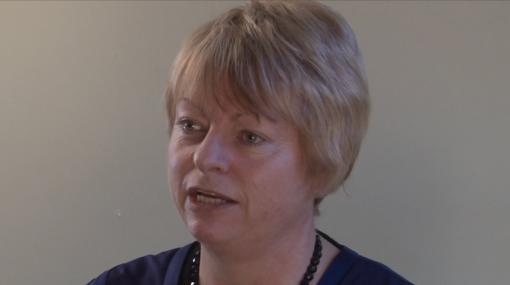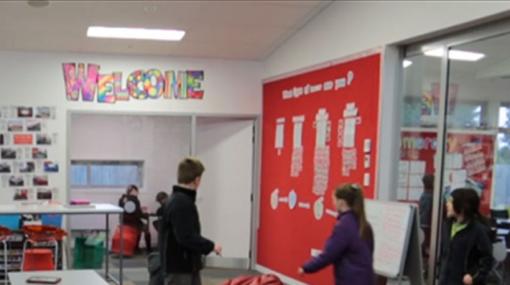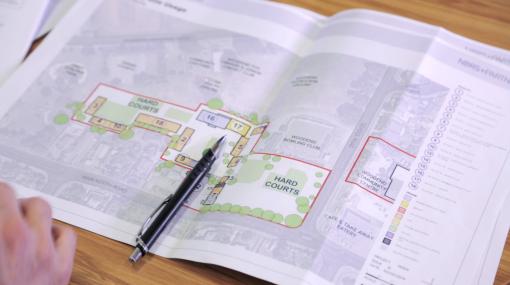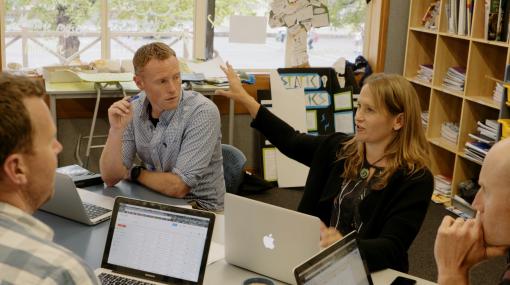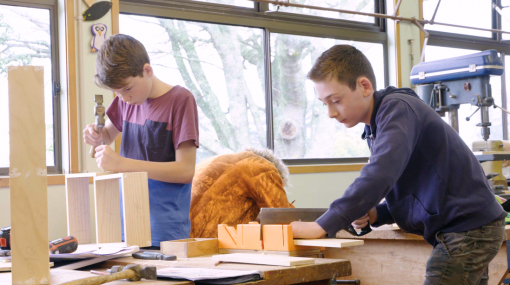School vision
Use the information on this page to help you explore your vision along with the Strategic thinking roadmap and e-Learning Planning Framework to support you to develop your e-learning action plan.
Digital technology and flexible learning spaces can certainly aid innovation but are
not in and of themselves the critical elements. What is critical is the teaching, personalised and focused on valued student outcomes.
– ERO, Leading Innovative Learning in Schools 2018
Your school should have a clear vision that can be realised through specific teaching, learning and achievement goals, usually as part of its strategic plan. The effective use of digital technologies and e-learning strategies will contribute to reaching those goals.
Your school vision will provide a guidepost to:
- make intentional decisions about digital learning
- set expectations with students about how to use devices and communicate as responsible digital citizens
- plan professional learning for staff
- identify those you can partner with in your local community
- plan to invest in technologies to support collaboration, learning, and communication
- determine what you measure and report on when it comes to technology.
Dr Cheryl Doig, director of Think Beyond Limited, talks about the importance of having a shared language and understanding of what e-learning is before integrating it into the school vision.
In this video from Grow Waitaha, Dr Julia Atkin, an independent education and learning consultant discusses 'Why change?' in the education sector.
Director of innovation, Stephen Collis (Sydney Centre for Innovation in Learning) explains how developing a shared vision should be the first conversation in a learning design process. "You can’t actually go further into designing until you’ve got that really firm."
The importance of a school vision
ERO’s findings show that to be successful innovators, school leaders:
- are proactive in working with the whole school community to develop a strong, future-focused vision for their school
- ensure the vision has learner outcomes at its centre
- are well-informed, so that decisions build on best practice for 21st century learners
- have a growth mindset
- are supportive of experimentation
- quickly address elements of strategy if they are not working
- develop a school culture of continuous improvement to support the vision
- maintain coherence across all domains of the school, aligning everything to the vision
- are effective change managers able to take staff with them on the improvement journey
- through timely professional development and good communication
The challenge lies in shifting from teaching and learning about ICT to teaching and learning with, and through, ICT with the aim of improving student achievement. Rather than using technology to do old things in new ways, it is about doing new things in new ways.
Develop a vision collaboratively
To drive positive change a clear vision for learning is critical. Simply adding technology to a learning environment is unlikely to lead to better learning outcomes. Successful strategies are developed by collaborative teams under shared, informed leadership.
Principals have a key role in:
- understanding and connecting others to the “big-picture” trends in digital technologies and education
- articulating a compelling vision of how digital technologies will enhance the values, principles, and practices that underpin your school’s educative purpose, and serve effective teaching and learning in the classroom.
When co-constructing the vision and plan for digital technologies:
- involve teachers and students
- engage your board, parents, whānau, and community.
This strengthens your deliberations and helps ensure the school community understand how the digital imperative is shaping education which helps engender greater buy-in.
The senior leadership team at Hampden Street School explain how their e-learning plan supports their strategic plan in terms of planning for, developing, and utilising digital technologies to support learning and teaching. This has been a long and ongoing journey of development for them. Key to their success is commitment to their pedagogy.
Discussion starters
Use these discussion starters in conjunction with the e-Learning Planning Framework to plan how the use of technologies will improve student learning outcomes as part of your school vision.
- How is your vision for e-learning integrated with your school’s overall vision?
- Are the ways in which digital technologies will be used to improve learning outcomes easily understood by all members of the school community?
- In what ways, and to what extent, does the vision include developments for the learning environment, such as flexible learning and equitable access to technologies?
- What are your teachers’ beliefs about effective pedagogy? What opportunities exist for e-learning to support these identified teaching approaches?
- How will you encourage and support teachers to explore how digital technologies can open up new and different ways of learning?
- How will you evaluate and review how effectively digital technologies are supporting learning in your school?
Pakuranga College’s strategic goal is to provide students with the skills, values, and attitudes they need to be successful now and in the future. Principal, Michael Williams explains how they use digital technologies as a tool to support that goal. He explains their long term plan is, based on gathering information from other schools, identifying good pedagogy and processes, and is built for the context of their school. All decisions are underpinned by their goal, “for us, it’s about good learning.”
“In our school the staff is actively involved in the review of our vision and rationale for e-learning.”
Sorry, no items found.
The strategic leadership section on the Educational Leaders website provides links to articles, school stories, and resources that support planning and developing a school vision.
This section of Enabling e-Learning provides links to up-to-date research, which supports the development of e-learning capability.
Stuart Armistead, principal Stanley Avenue School, discusses how the collaborative forming of the Stanley Avenue learner guides all learning and teaching at his school. He explains how the use of technology is integral to the vision and in moving students from being passive to active learners who engage with others.
Staff, students, and a parent from Red Beach School discuss how their school vision underpins the use of e-portfolios as a teaching and learning tool.
